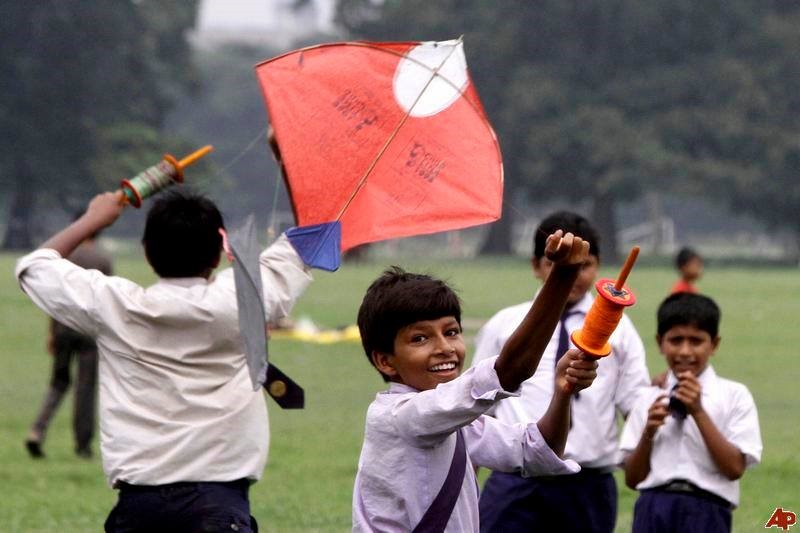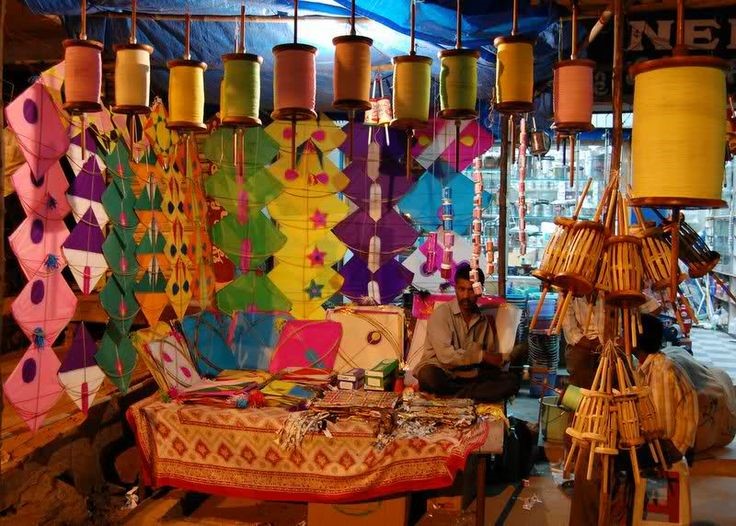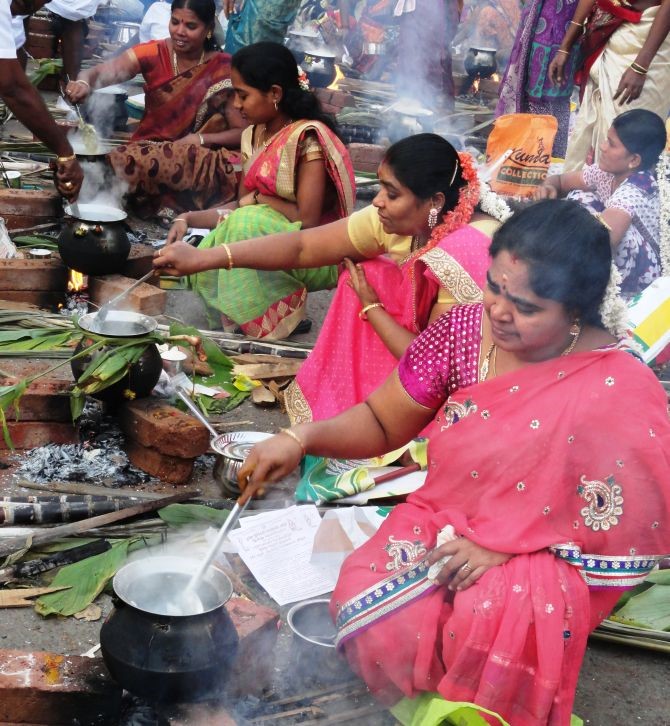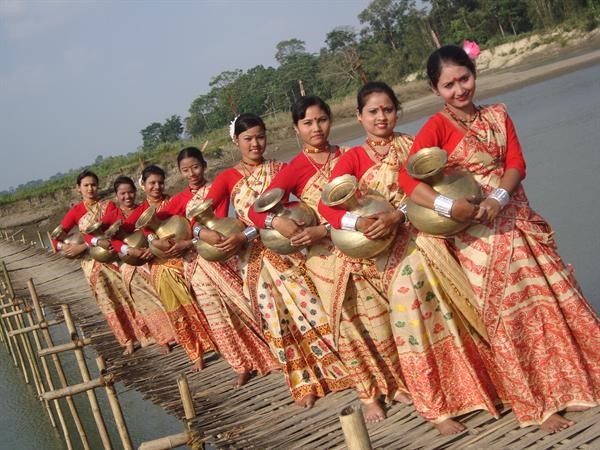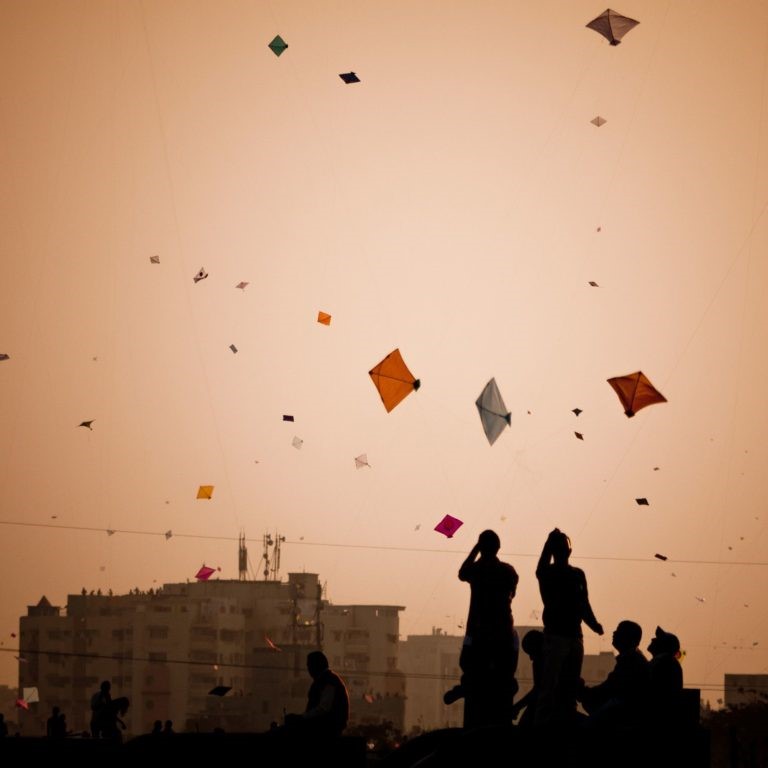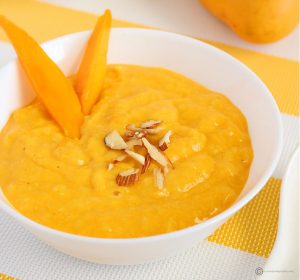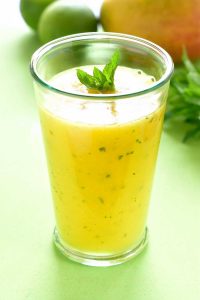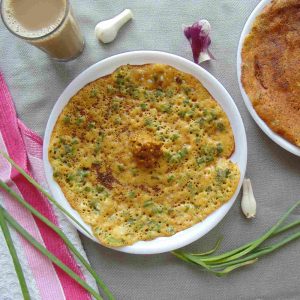Score high on eco-friendly, and achieve better health.
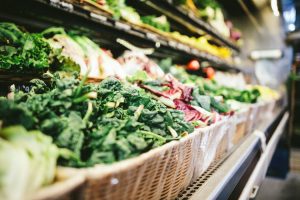 Our article earlier in January focused on how we can reduce our plastic consumption. This article takes that intent further, and focuses on our food related shopping, and how we can make it more planet friendly. Why food?
Our article earlier in January focused on how we can reduce our plastic consumption. This article takes that intent further, and focuses on our food related shopping, and how we can make it more planet friendly. Why food?
Consider this: We all eat 3 times a day. With a global population of 7 billion (700 Crores), food is the single largest purchase we human beings make.
If we can make even the slightest shift to a more sustainable option in our food, the payoffs are huge.
The American writer Margaret Mead once said: “Never doubt that a small group of thoughtful, committed citizens can change the world; indeed, it’s the only thing that ever has.”. This idea is most appropriate in the context of each one of us choosing what we buy for our families.
We have a few suggestions that you can try out for your groceries/food shopping. As you read through them, you will find that not only are they more eco-friendly, they are undoubtedly healthier. Which goes to prove that what is good for the planet, is good for us (and vice versa).
- Switch to Organic Food Today
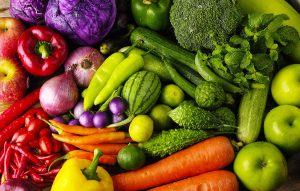 Organic food is grown without the use of chemical fertilisers and pesticides. Fertilisers and pesticides are petrochemicals that need tremendous amounts of energy and investment to manufacture, and apply on farms. (Such as the extraction of petroleum, refining, manufacturing, and then in storage and transportation)
Organic food is grown without the use of chemical fertilisers and pesticides. Fertilisers and pesticides are petrochemicals that need tremendous amounts of energy and investment to manufacture, and apply on farms. (Such as the extraction of petroleum, refining, manufacturing, and then in storage and transportation)
The agrichemicals industry has a huge environmental footprint, and we don’t need it at all.
Organic farming also nourishes and preserves soil fertility, which is why organic farms produce regular yields year after year, whereas conventional farms need increasing inputs each year as their fertility reduces.
The added benefit is that organic food is loaded with nutrients and bereft of harmful chemicals. This means our own long-term health improves with consuming organic food.
Read the 2013 UN report that categorically explains how small-scale organic farming is the only sustainable way to feed the world.
- Cut Down on Meat Consumption
Consuming dairy, eggs and meat is inherent in many cultures. However, consumption of animal based foods is inherently inefficient from the point of resources. This issue is multiplied many folds in today’s food system, also called factory farming.
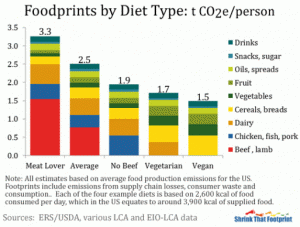
- Huge amounts of food are grown to feed cattle, hens, pigs and lamb. This food if grown for direct human consumption would require much less quantity.
- Creating 1000 calories of food for humans from animals is much more draining on resources such as water and land, as compared to producing the exact same amount from plants.
- All this food (except for organic meat) is again grown with the use of fertilisers and pesticides. In the USA (and then exported to other countries), animal food is predominantly genetically modified corn and soy.
- To increase the efficiency of the factory, animals are kept in tightly packed lots, thus resulting in unsanitary conditions, and animals falling really sick. The industry addresses this by pumping them indiscriminately with antibiotics. (In the US alone 80% of antibiotics manufactured is used for livestock. India has no regulation on how much antibiotics can be given to animals). And we end up consuming food that was sick and full of antibiotics.
- To increase the quality of the meat (i.e. to quickly grow muscle, to increase milk output etc.), the animals are fed growth hormones on a consistent basis, which ends up in our bodies when we consume them.
Look for meat and dairy that isn’t from a factory (your local butcher, a small vendor of eggs from free grazing chickens). If you cannot eliminate meat, or find good quality non mass produced meat, remember: even trimming it down to a couple of meals per week will go a long way. Not just on the impact on the environment, but also on your health. And don’t worry about the protein and calcium. Eating a good mixture of fruits, nuts, vegetables and whole grains (like brown rice, whole wheat aata and unpolished millets) delivers all the nutrition that our bodies need.
- Choose Local Produce When Possible
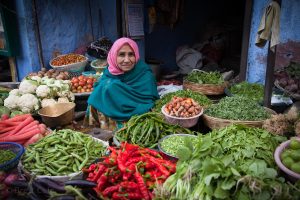
The more distance food has to travel to your house, the more “food miles” it has. Choose foods that have fewer miles than more. When you buy food that was grown/manufactured far away, it requires energy to store, and transport to get to your home. If it is refrigerated/frozen food, even more.
Buy perishables such as fruits and vegetables in your local mandi. Why not the supermarket? A supermarket may look hygienic and clean, but vegetables there are invariably bought ahead of time and stored in refrigerated units. This means your local mandi not only avoids the refrigeration footprint, but also assures you fresh products.
Local produce also helps build more resilient and decentralized supply systems, from the farmer to the market. You also indirectly cut down on the packaging footprint also because these products now do not have to be packaged to travel and survive long distances.
Another advantage to buying local food is that you are supporting local biodiversity. You will end up buying produce that is grown because it is well suited to the local climate.
E.g.: Buying Sesame, Safflower or Groundnut Oil in south India is a breeze because they are very hardy and suited to the climate. The Safflower plant requires virtually no water, and grows all over the arid Deccan plateau.
- Buy What’s in Season.
To explain why its better to buy in season, lets first look at what is sub-optimal about buying out of season.
Say you want to eat an Apple in Mumbai in June. The apple harvest in Kashmir happens September/October. To satisfy a year-long supply, apples are kept in cold storage. The apple you are eating in June, has been sitting inside a refrigerated unit for 8 months !!! Would you be able to enjoy its taste? What about its nutrition? And imagine having to waste all that electricity to run the refrigeration unit for 8 months.
Eating seasonal food gives us the benefit of maximum freshness and nutrition, and minimizes having to store it year-long. However, for grains like wheat, rice and millets, these are harvested only once a year, and need some storage that will keep them safe from pests. If we reduce our consumption of grains and increase our intake of seasonal fresh fruits, vegetables and nuts, we will improve our health, as well as reduce our own carbon footprint.
- Avoid Processed Foods
Nature stores whole food in safe containers: the husk of the grain, the skin/peel of the fruit or vegetable, the kernel of the nut. Eating food that comes directly out of these natural containers has the most nutritional value.
Processed foods are stored in man-made containers: polythene, tin can, glass bottle, tetra pack… the list goes on.
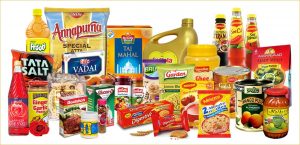 It takes an immense manufacturing industry (read resources of energy, water, land, and leftover polluted air/land/water) to package the food in these containers and ship them to you.
It takes an immense manufacturing industry (read resources of energy, water, land, and leftover polluted air/land/water) to package the food in these containers and ship them to you.
The biggest consideration for any manufacturer while packaging a product, is its shelf life. The longer the shelf life, the greater the chance that the product will be purchased before its expiry date.
Other than grains, lentils, millets, oilseeds, spices and oils, no other food has a long shelf life in a natural form. Hence, to achieve longer shelf life, manufacturers will often strip the product of its nutrition, so that the product does not get damaged by insects/fungus as such. (e.g.: wheat based products widely use maida and not whole wheat, as maida doesn’t get affected by pests as much. On the other hand, maida is an incredibly unhealthy food item.)
To summarise, an eco-friendly shopping list, is foremost a healthy shopping list. And the 5 suggestions above roll into one simple maxim: Choose local, seasonal, whole, plant-based food.

